
Copernical Team
Proba-3: seeing in the dark
 Image:
Proba-3: seeing in the dark
Image:
Proba-3: seeing in the dark What is ESA? THIS is ESA
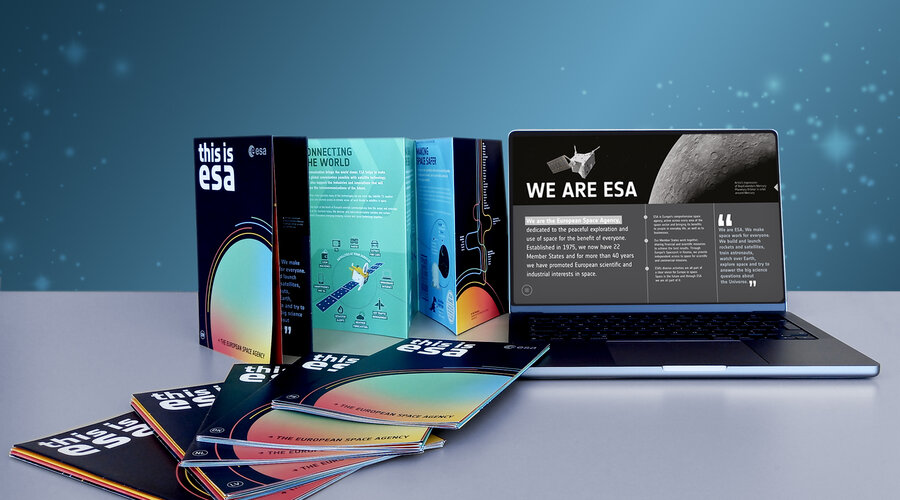
What is ESA? THIS is ESA
Explore this interactive illustrated guide to what ESA is and what we do - available in all ESA Member State langauges
Week in images: 21-25 August 2023
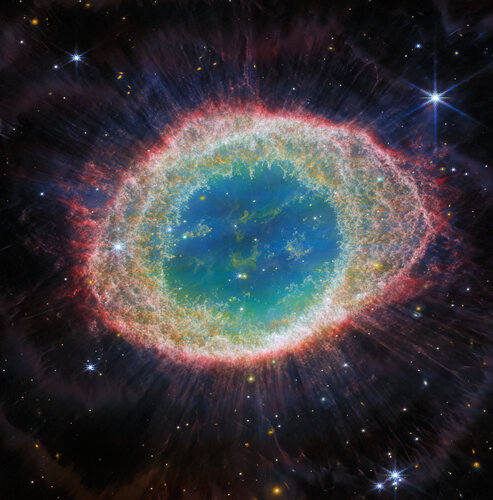
Week in images: 21-25 August 2023
Discover our week through the lens
Liftoff for Crew-7 with Andreas Mogensen
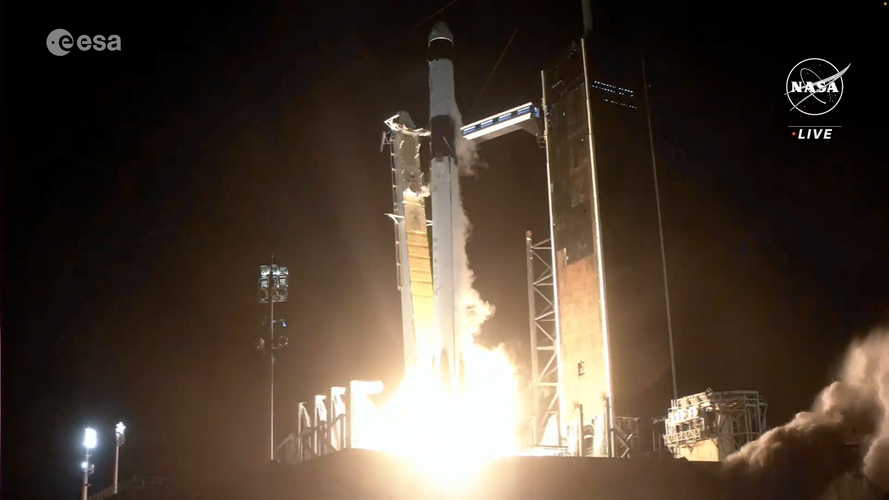 Video:
00:05:52
Video:
00:05:52
On 26 August 2023, at 09:27 CEST (08:27 BST), Crew-7 aboard the Crew Dragon spacecraft Endurance embarked on a journey to the International Space Station. Watch the full coverage of their launch from pad 39A at Kennedy Space Center in Florida, USA.
Andreas serves as pilot and has become the first European to take that role. He is sitting next to Crew-7's commander and NASA astronaut Jasmin Moghbeli. Andreas is responsible for the spacecraft’s performance and systems. Accompanying them are mission specialists Satoshi Furukawa from JAXA and Konstantin Borisov from Roscomos.
Andreas’s Huginn mission officially begins when Endurance docks with
Huginn flies as Andreas arrives at the Space Station

India's spacecraft is preparing to land on the moon in the country's second attempt in 4 years
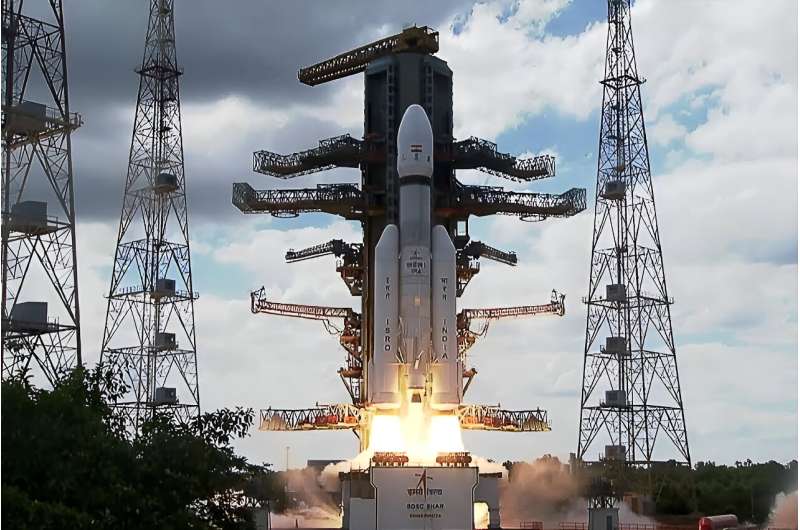
India readied Wednesday to become the first nation to land a spacecraft on the Moon's south pole, days after a Russian probe crashed in the same region.
The latest attempted Moon landing is a historic moment for the world's most populous nation, as it rapidly closes in on milestones set by global space powers.
Chandrayaan-3, which means "Mooncraft" in Sanskrit, is scheduled to touch down shortly after 6:00 pm India time (1230 GMT) near the little-explored lunar south pole.
"India reaches for the Moon", The Times of India front-page headline read Wednesday, with the hoped-for lunar landing dominating local news. "It's D-Day for Moon Mission", The Hindustan Times said.
A previous Indian effort failed in 2019, and the latest attempt comes just days after Russia's first Moon mission in almost 50 years, destined for the same region, crashed on the lunar surface.
Digital modelling to build space missions faster
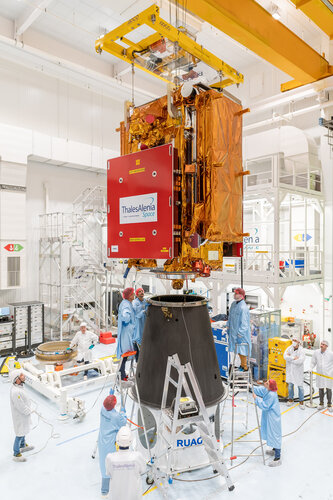
The ‘fit check’ is that moment in a mission’s lifetime when a satellite is first attached to the launcher adapter that will cradle it on its flight to orbit. This is supposed to be a mere formality, but uncertainty is present in its very name: what if these two items, typically manufactured in different parts of Europe, don’t fit together as planned?
India set soft landing on the Moon
 In an eagerly awaited announcement, the Indian Space Research Organisation (ISRO) has confirmed the Chandrayaan-3 mission's Lander Module is on track for a soft landing on the Moon's surface on August 23 at approximately 6:04 pm Indian Standard Time. This development has further ignited nationwide interest and excitement.
ISRO, showcasing its commitment to transparency and public engagemen
In an eagerly awaited announcement, the Indian Space Research Organisation (ISRO) has confirmed the Chandrayaan-3 mission's Lander Module is on track for a soft landing on the Moon's surface on August 23 at approximately 6:04 pm Indian Standard Time. This development has further ignited nationwide interest and excitement.
ISRO, showcasing its commitment to transparency and public engagemen New crew on the block
 Image:
ESA astronaut Andreas Mogensen with his Crew-7 colleagues on arrival at NASA’s Kennedy Space Center in Florida, USA, 20 August.
Image:
ESA astronaut Andreas Mogensen with his Crew-7 colleagues on arrival at NASA’s Kennedy Space Center in Florida, USA, 20 August. Landslides at the foot of Olympus Mons

ESA’s Mars Express has turned its trusty High Resolution Stereo Camera (HRSC) towards Mars’s most imposing volcano, revealing its dramatic surroundings and turbulent past.

